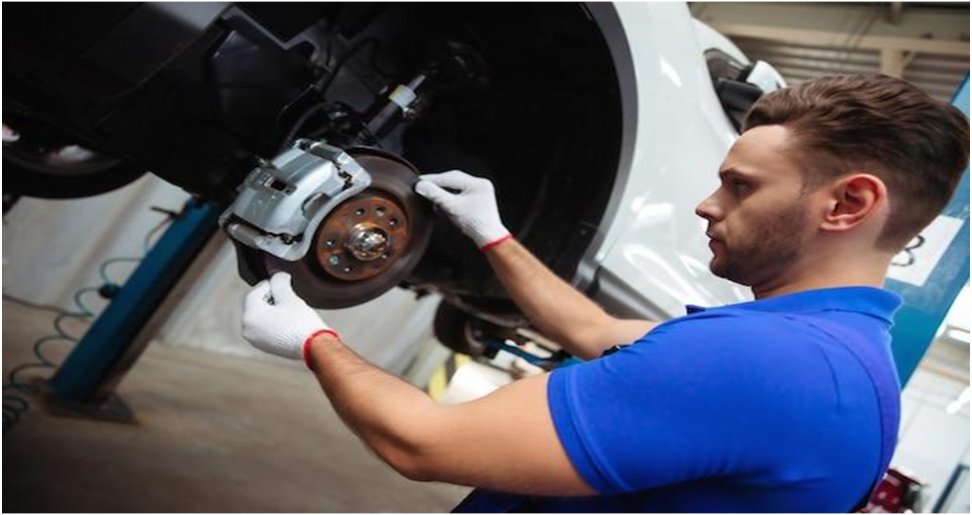Having reliable brakes is one of the most important safety features of your car. As brake pads wear down over time from regular use, you may start to notice subtle changes in how your car responds when braking. If you live in an apartment where you use valet service frequently, it’s also a good idea to ask the valet attendants to periodically give you updates about your vehicle brakes, so you can know when to schedule maintenance. Nevertheless, let’s move to 5 key signs that it may be time for a brake inspection or repair work:
1. Pulsating or Vibrating Feeling when Braking
One of the earliest signs that your brake pads are wearing thin is a pulsating or vibrating feeling you notice through the brake pedal when slowing down or coming to a stop. As the brake pads degrade and get closer to the rotors, you’ll start to feel a slight pulsation each time the brakes are applied. This is because the remaining pad material is grabbing at different spots on the rotors. Once you start to notice this, it’s a good idea to schedule car brake repair services soon before the pads are worn down completely.
2. Grinding or Screeching Noises
Another red flag is when you start to hear new grinding, grinding, or screeching sounds coming from the wheels when braking. Thin brake pads don’t have as smooth a surface to glide against the rotors, so they can cause these audible friction noises. You may also hear a high-pitched squeal under braking that indicates the pads are very close to metal-on-metal contact with the rotors. These brake noises are a definite sign it’s time for brake service before you damage the rotors.
3. Pulling to One Side when Braking
If you’ve noticed that your vehicle seems to pull to one side as you apply the brakes, especially during hard braking, it could be a sign of uneven brake wear. One set of pads may be more worn down than the other, causing an imbalance in braking force. This side pull becomes more pronounced the lower the pads get. Having the brakes inspected will let a technician check for issues like sticking calipers, which can cause premature wear on one side.
4. Longer Braking Distance
Over time, as brake pads wear, you’ll need to apply the pedal further to get the same braking response. This longer braking distance can develop gradually without you realizing it right away. A good test is to do an evaluation brake from 60 mph – you should easily be able to stop smoothly within a couple hundred feet on dry pavement. If you notice a noticeable increase in stopping distance, it’s a sign the pads may be worn dangerously low and in need of replacement.
5. Brake Pedal Feel has Changed
The brake pedal should feel firm underfoot and provide a predictable deceleration response at any stage of pad wear. But as the friction material things down, you may start to notice the pedal feels lower to the floor or sinks in more under pressure. It could also pulsate up and down noticeably while braking. Any significant change in brake pedal feel compared to when the pads were new is an indication it’s past time for inspection and likely new pads and rotors too.
Also Read:

